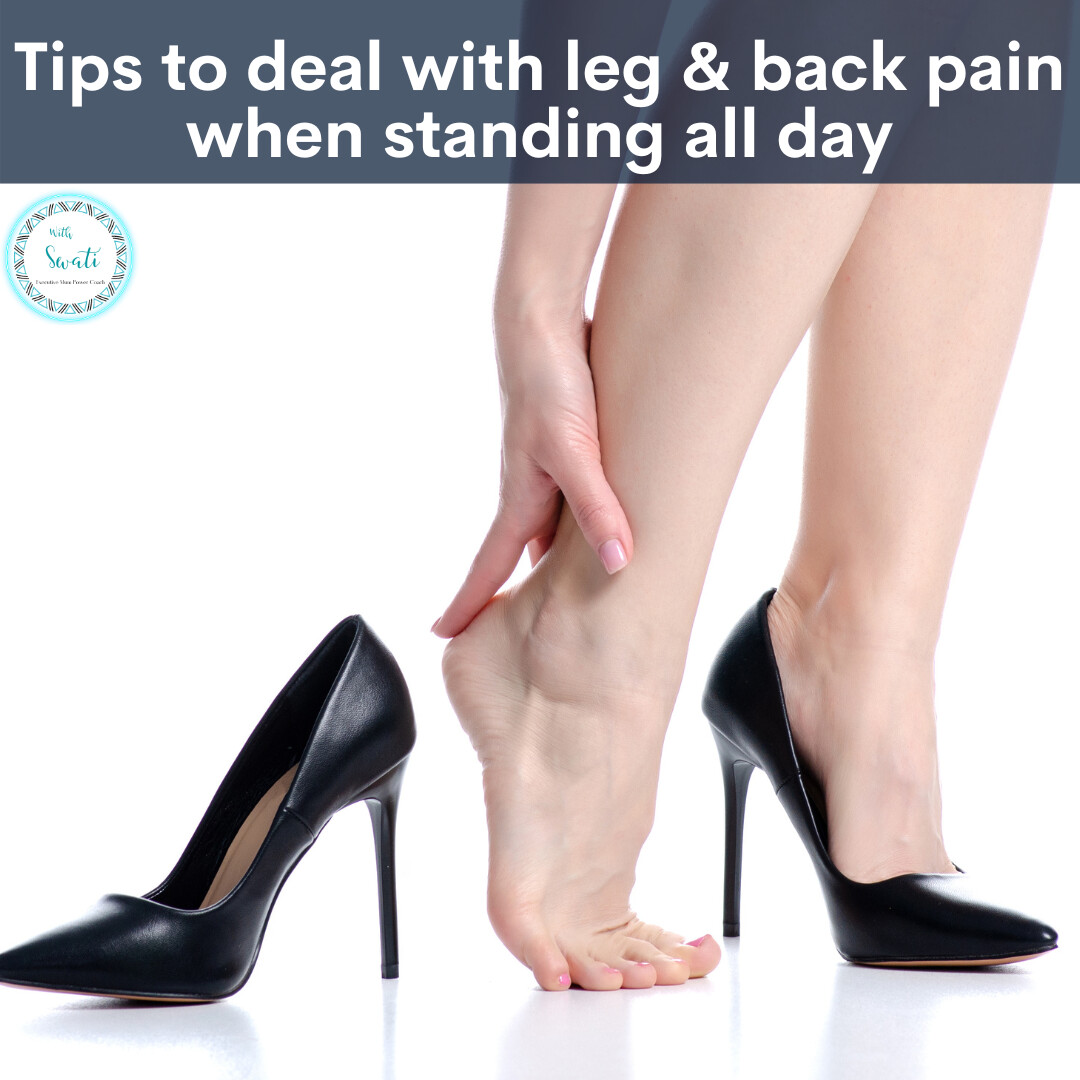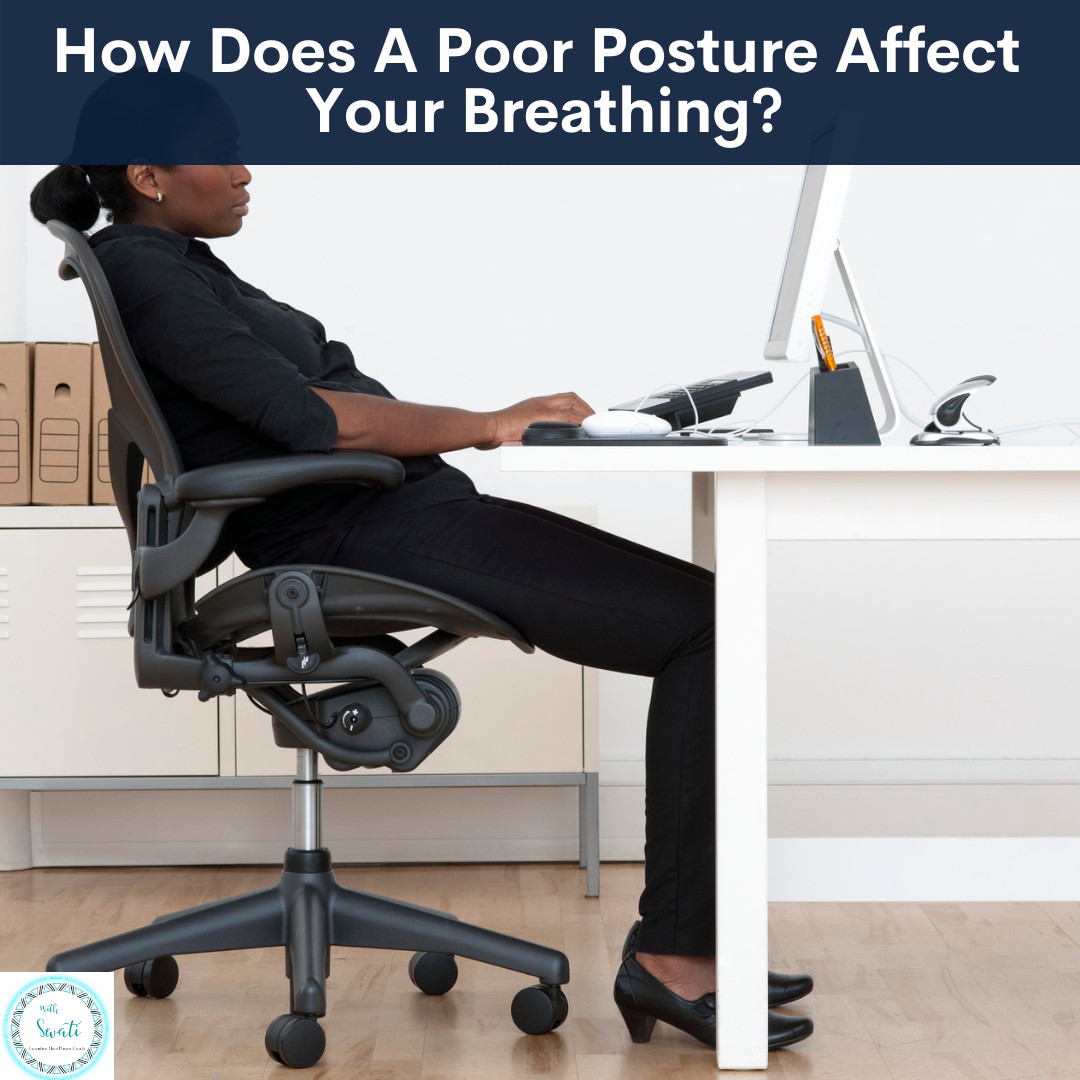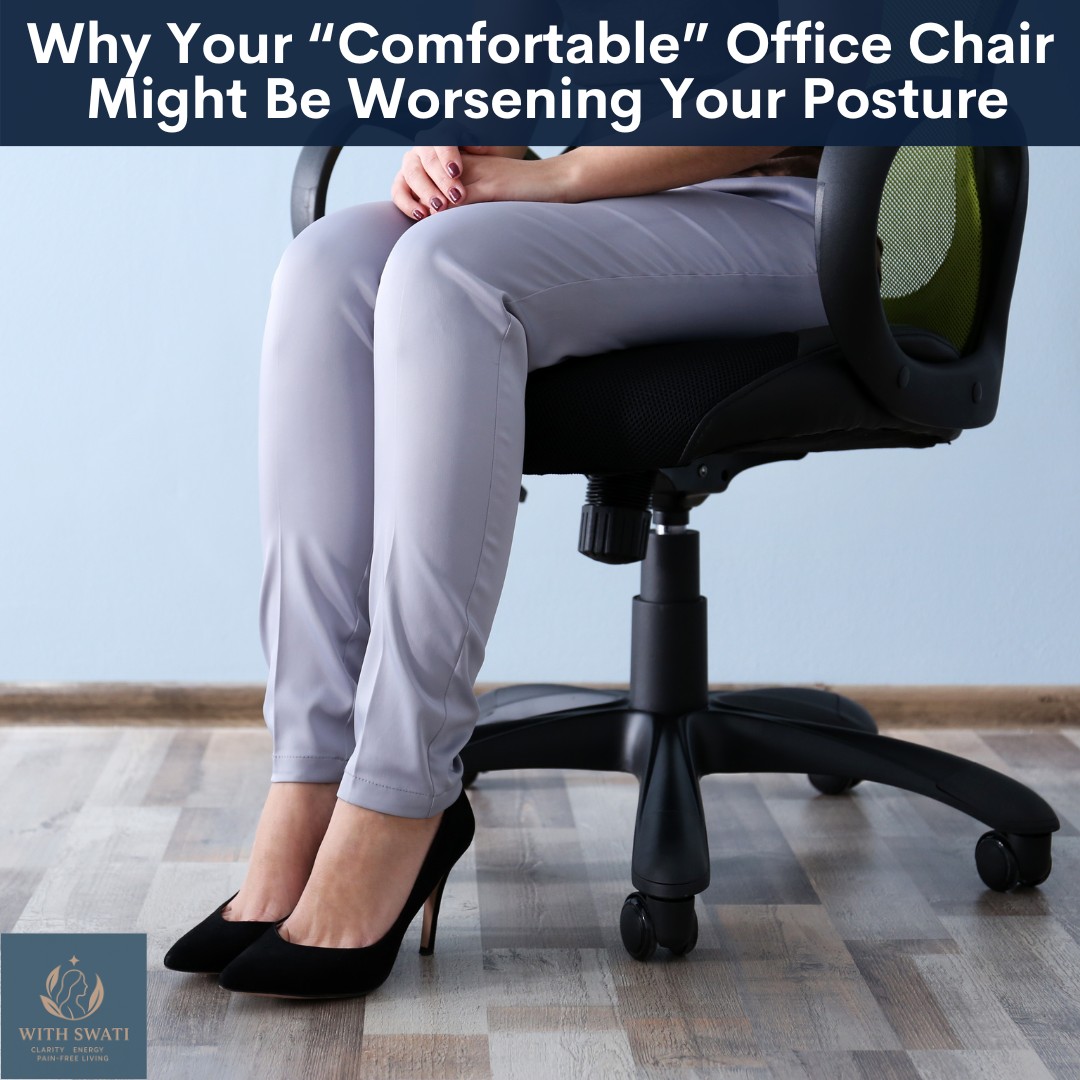
As mums, sometimes we need to stand for long hours either at home with our kids or at a standing desk at work or work events. This can lead to pain in the legs or even in the spine, as the pain tends to go up from the feet to the knee to the pelvis and lower back. You may be standing for hours everyday or maybe it's a one off event or gathering where you have to stand for hours. Either ways its not pleasant to suffer from leg and back pain at the end of the day. Lets discuss some simple tips to manage your leg and back pain when standing all day in this blog.
#Tip 1: If you have a standing desk at work try and take a break every 20 minutes, if not then every hour. If you have an adjustable standing desk, you can change between standing and sitting every hour. The reason is that our bodies are not meant for static postures, be it sitting or standing. The stresses start to build up on our spine after 15 to 20 minutes of being in a static posture.
#Tip 2: If it not possible to take a break and sit down try and shift your body weight from one foot to the other at regular intervals. This could also include rocking your body forward and backwards. If you use a standing desk, keep a stool under the desk to be able to offload one foot at a time. Keep one foot on the stool while the other one bears the full weight of your body. Swap over after 10 minutes. Do this every hour if possible.
#Tip 3: Pay attention to your footwear. Replace them when needed. If your daily routine involves running around with the kids or standing for long hours at work or home, make sure you are wearing comfortable footwear. It possible, wear flat shoes or shoes with lower or block heels. High heels specially the pointed heels tend to push your centre of gravity forward which can lead stresses on the front of the foot. Our body weight is meant to be distributed throughout the foot and not on one specific part. This can lead to discomfort, ankle, foot and heel pain and balance problems.
#Tip 4: Another quick tip when standing is to keep your knees slightly bent by about five degrees or so. This prevents locking your knee into hyperextension, which can lead to excessive stress on the hamstrings and calf muscles. Tightness of the hamstrings can lead to tilting of the pelvis posteriorly, leading to flattening of the lumbar curve and lower back pain.
#Tip 5: Try and do regular foot and leg stretches. These include stretches for the gluteal, hamstrings and calf among other muscles. Some stretches can be done while standing or sitting at your desk. Here are some desk exercises that can take under a minute to perform. If you have the time, you can also do these stretches before you start the day or at the end of the day.
#Tip 6: In addition to the above, you can lean against a wall either standing sideways or with your back towards the wall. This offloads the feet and gives them a breather from standing for hours.
HERE is a free guide to find out the cause of your Back Pain.
Also, if you like this blog and want to be notified about new blogs as soon as they are published, subscribe to my mailing list below.
I would love to see you around the internet! For other places you can explore more about me: https://withswati.com/page/link
















0 Comments